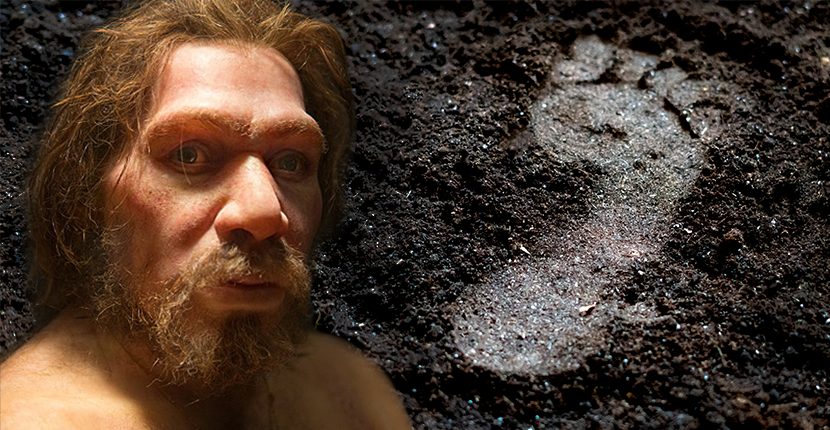Neanderthal footprints have been discovered shedding light on the family life of the ancient cousin of Homo Sapiens. History hunters are following in the footsteps of Neanderthals…quite literally. An area called Le Rozel on the Normandy coast has delivered an extraordinary archaeological payload.
Ancient footprints in the sand – said to be Neanderthal in nature and dating back 80,000 years – have been unearthed in a coastal creek bed. While the location has been known about by archaeologists since the Sixties, it remained largely undisturbed.
The prospect of erosion, caused by wind and tide, accelerated the process. 30 feet of the area was then excavated, with the team digging through 5 layers of sediment. Work began in 2012 and, by 2017, 257 prints were ready to inspect. Elastomer (elastic polymer) was used to make casts from the prints.
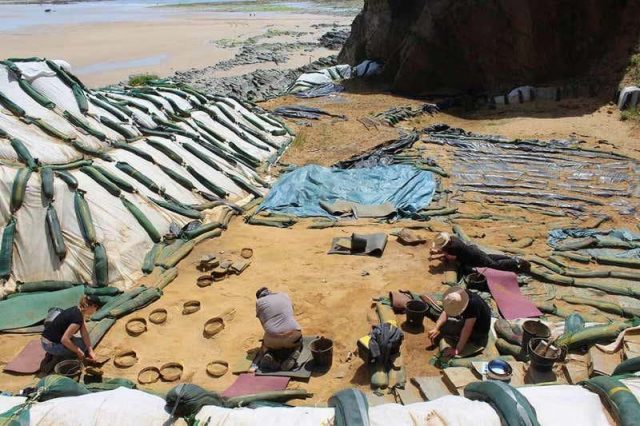
80% of them were concentrated in 1 sediment layer. Between 10 and 13 people had left their marks, 90% of them children. They walked and ran in the mud, before the evidence was dried and covered by sand.
Why are footprints so important? Talking to New Scientist, team leader Jérémy Duveau explained they are “very interesting because they give a snapshot of a moment of life of hominins such as Neanderthals.” The prints “allow us to estimate the size and composition of the group that made them.”
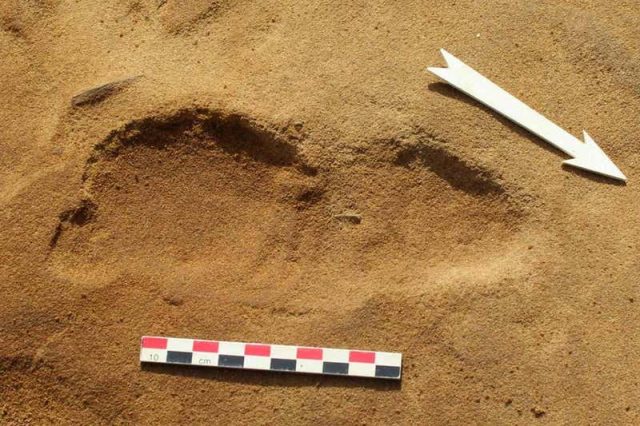
There are no accompanying skeletons to confirm the finds as Neanderthal, but the team are confident they’re on the right track. So to speak.
Smithsonian Magazine writes, “the researchers are pretty sure they were left by the species based on the shape of the foot, which differs from modern humans. At that time, researchers believe, Neanderthals were the only hominin species in Europe. Anatomically modern humans would not arrive on the continent for another 35,000 years.” And the discoveries didn’t stop there. Since 2017, the number of foot-based finds has shot up.
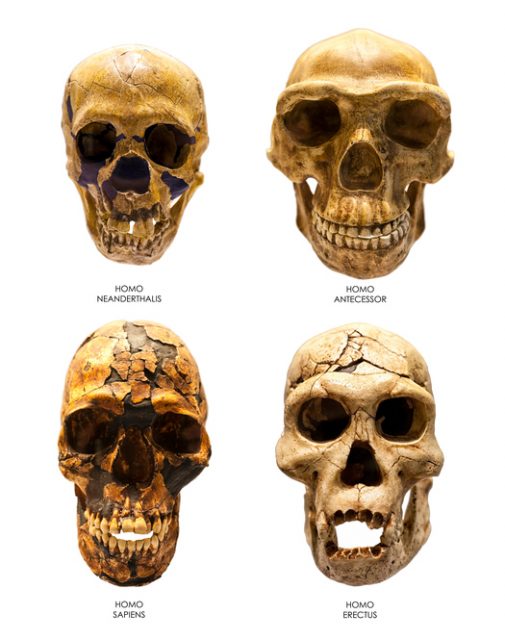
Neanderthals, or “Homo neanderthalensis”, take their name from the Neander Valley in Germany. This was where the first ever example of the species was discovered in 1856.
They are modern humanity’s evolutionary cousin. Their line has been traced back to approximately 400,000 years ago, with the last evidence of them some 40,000 years old. While they are a separate species, there is a reported 2% of Neanderthal DNA in our biological make up, owing to what the National History Museum website describes as “very intimate” relations between early humans.
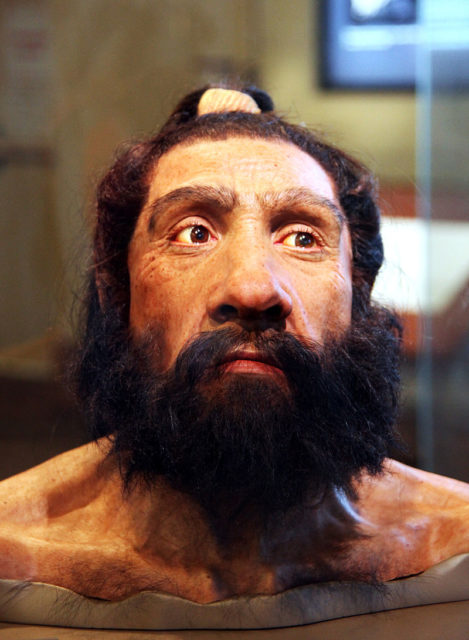
Artefacts and fossils abound – their DNA has even been extracted and used to reconstruct Neanderthal genomes (an organism’s genetic material).
Perceptions of the Neanderthal have changed significantly in recent years. Far from being primitive inhabitants, there are indications that they walked upright and sported their own clothing and jewelry, not to mention possessing bigger brains.
Tool making was a specialty, with Neanderthals being responsible for stone-based technology the Levallois technique. “This involved making pre-shaped stone cores that could be finessed into a finished tool at a later time,” the Museum writes. “It meant Neanderthals were free to travel away from sources of raw material and yet be able to make tools when needed.”
The Le Rozel project has generated further intrigue by revealing a possible change in height. Examination of the adult prints shows an example who “would have been around 5’8,” close to the average height for men in the United States today, or even taller” according to Smithsonian.
Related Article: Why Neanderthals Were Constantly Hunched Over
That’s not to say the proof is conclusive. Neanderthals had their different shapes and sizes, just like us. “It’s possible that this particular Neanderthal was unusually tall,” the article speculates. “It’s also possible that researchers were previously mistaken about the average height of the species.”
Whether right or wrong, Le Rozel has proven a rich seam for archaeologists. Thankfully they got their trowels to work before erosion removed precious layers of history. The team have yielded great results – before their excavation the total number of known Neanderthal prints numbered just 9. After this they’re running (apologies) into the hundreds.
